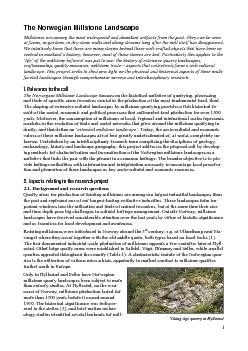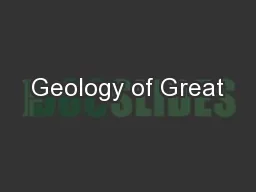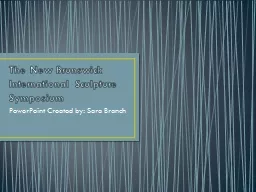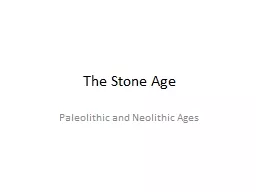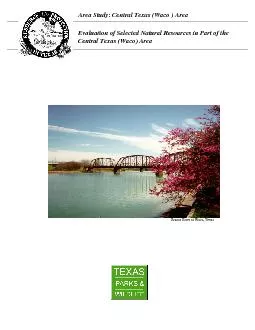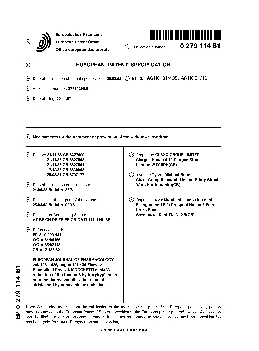PPT-Texas Stone Quarry Total Trip,
Author : myesha-ticknor | Published Date : 2018-03-21
100 miles one way B FARMLAND A GRAZING LAND TODAYS TRAVEL ROUTE 1 TWO WAYS TO PLOT THIS TRIP On a Highway Map What geologic goodies will we see on this drive On
Presentation Embed Code
Download Presentation
Download Presentation The PPT/PDF document "Texas Stone Quarry Total Trip," is the property of its rightful owner. Permission is granted to download and print the materials on this website for personal, non-commercial use only, and to display it on your personal computer provided you do not modify the materials and that you retain all copyright notices contained in the materials. By downloading content from our website, you accept the terms of this agreement.
Texas Stone Quarry Total Trip,: Transcript
Download Rules Of Document
"Texas Stone Quarry Total Trip,"The content belongs to its owner. You may download and print it for personal use, without modification, and keep all copyright notices. By downloading, you agree to these terms.
Related Documents



